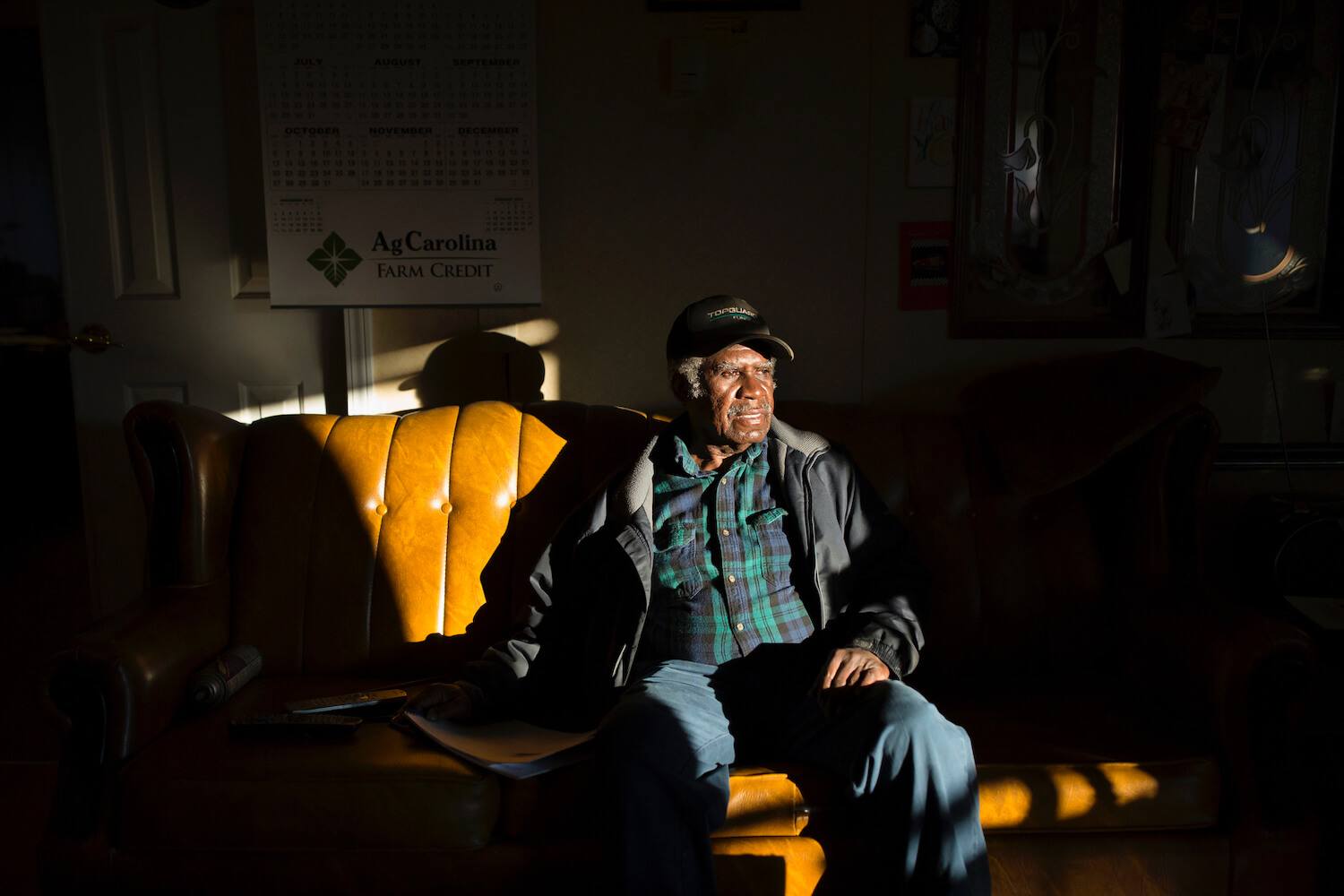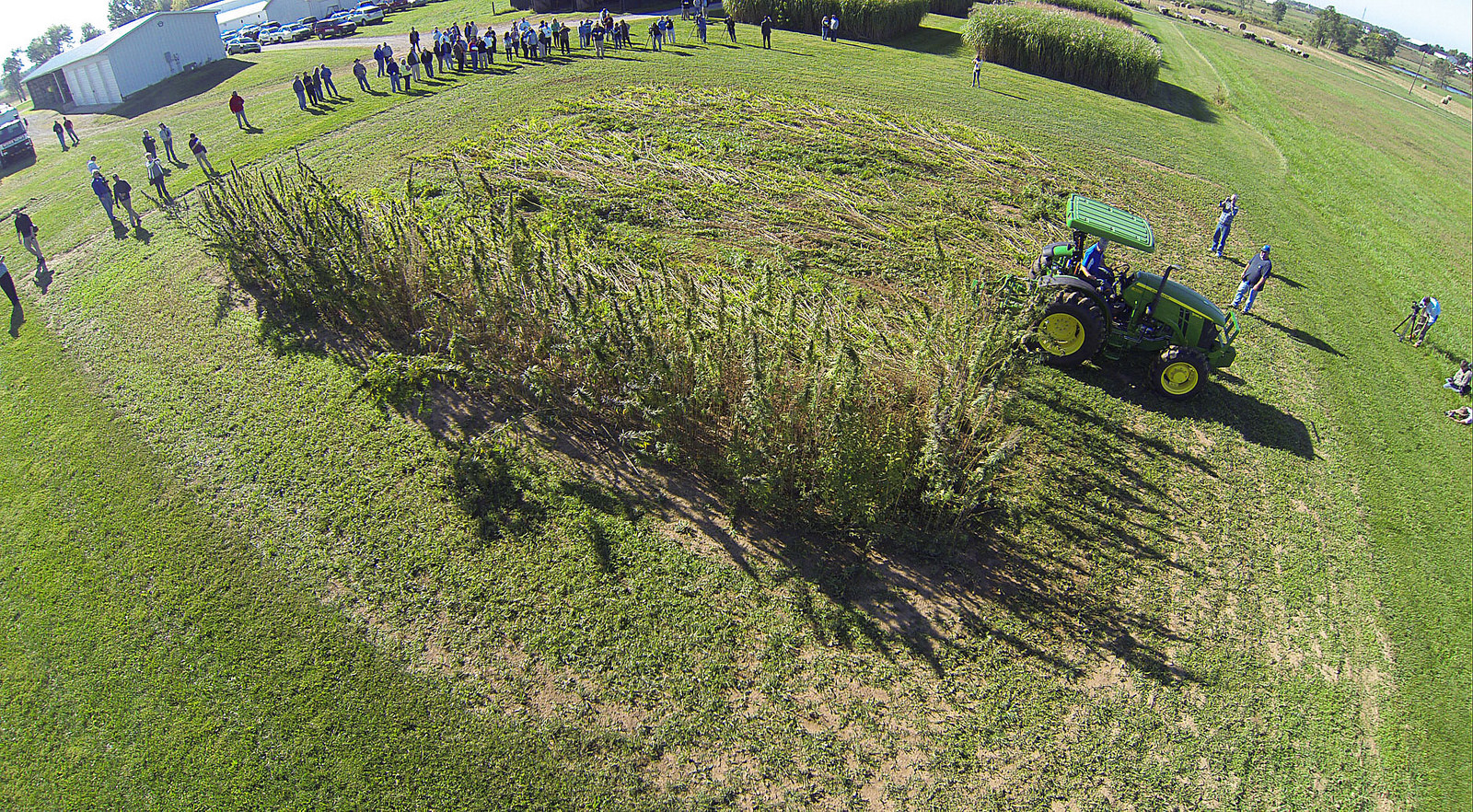How can food media meet this moment?
A letter from our editor.
Dear Readers,
Ten weeks ago, I wrote you a letter, promising that The Counter would double down on its original reporting about the forces shaping how and what America eats during the Covid-19 pandemic—a public health crisis that we know has taken a devastating toll on people of color.
In New York City, where this publication is based, the virus killed Black people at nearly double the rate of white people. The Covid-19 pandemic, like every other crisis, has stretched our nation’s existing inequality gap—in economic status, employment, food access, housing, and basic health and safety—into a chasm.
So I’m writing again, to tell you what our commitment looks like today, nearly three months later, in the midst of America’s reckoning with another pandemic that has taken countless Black lives: systemic racism and police violence.
First, a pause. We built this publication around the idea that no coverage of food can exist outside the realm of injustice, power, money, and politics. But it’s also true that no coverage of food feels right on day eight of this national uprising against the death of George Floyd, a Black man killed by a white police officer in Minneapolis on May 25.
Rather than report these protests as a series of individual news stories, we are going to take a breath and decide how to cover what they really are, according to one of our colleagues: one moment in a much longer struggle.
In this effort, we are committed over the long term to narrowing—in our own organization and in our pages—another chasm: the dearth of Black and other non-white voices in food media, and media writ large. We are known for our accountability journalism. But that accountability starts with us.
Here is what that means right now: We have already prioritized representation on our board of directors, where decisions are made. We will hire more editors and writers of color who can help us shape our coverage. We publish stories that expose systemic injustice in every part of the food system, from government agency to retail shelf, which requires us, at every turn, to challenge our biases as journalists. We will continue to do that.
For today, we stand with you. And we hear you.



